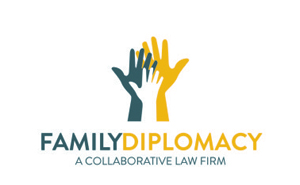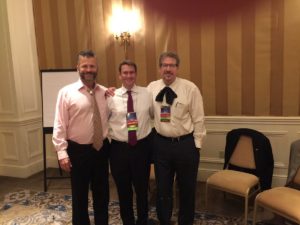What Is Next Generation Divorce?
If you have done internet searches for collaborative divorce in Tampa Bay or Greater Sarasota, you have likely come across the website for Next Generation Divorce (you can find the link here). Next Generation Divorce has many members who are family law attorneys, but it is not a law firm. It has members who are psychologists, licensed mental health counselors, marriage and family therapists, and social workers, but it is not a therapy-related organization. And it has members who are financial planners and C.P.A.’s, but it is not a financial planning or accounting firm.
Member of Next Generation Divorce
So what is Next Generation Divorce?









